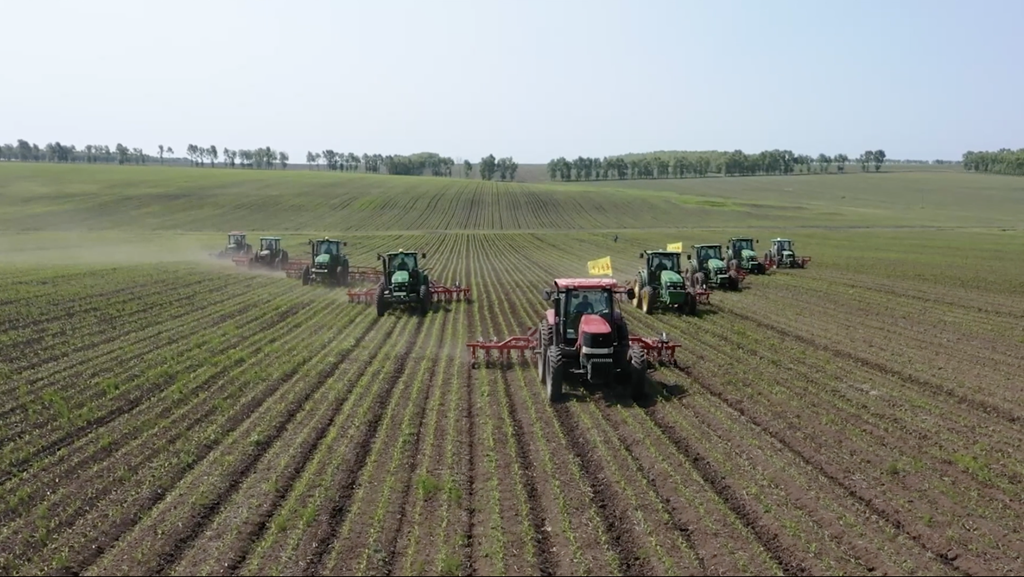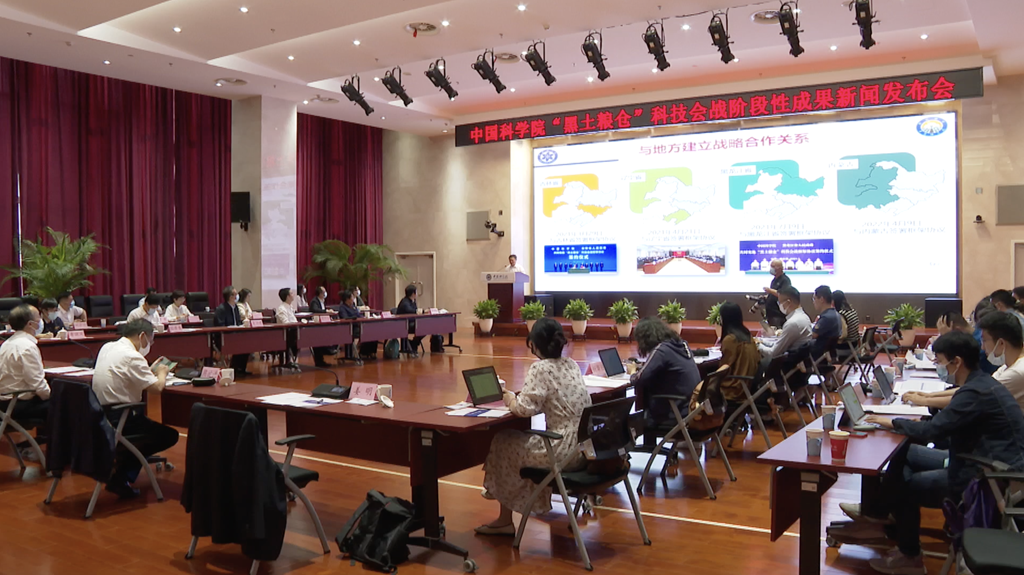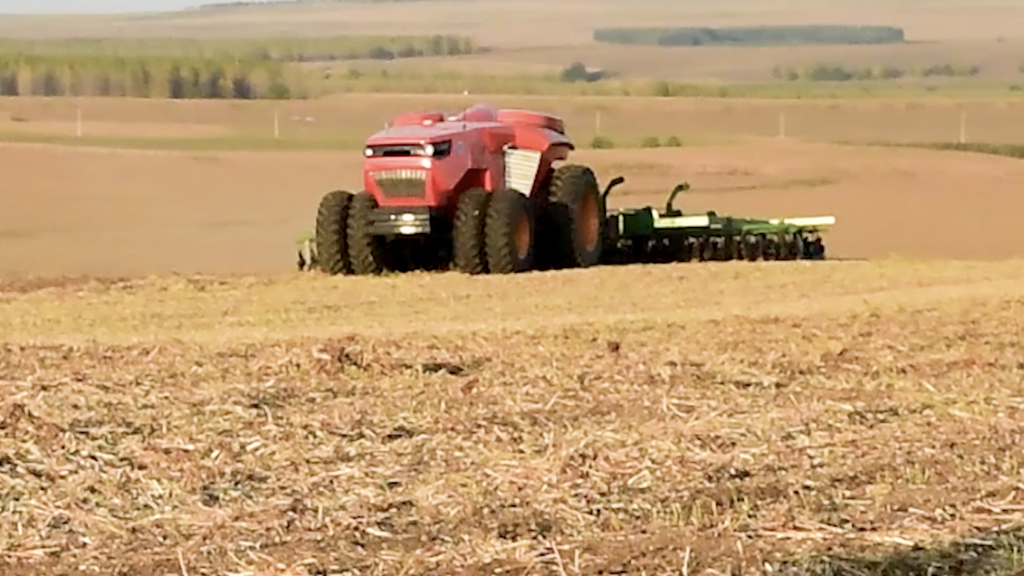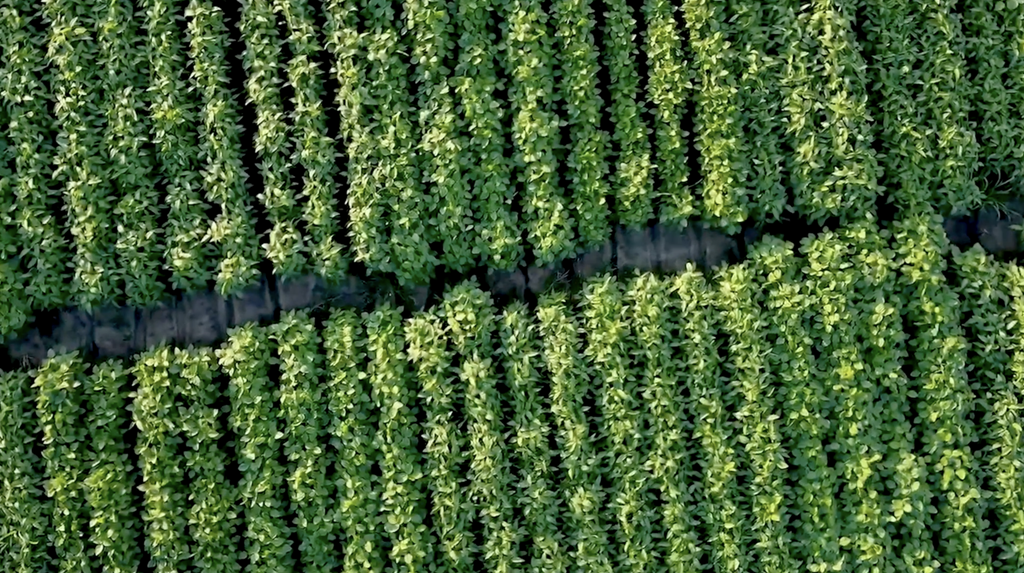02:13

The Chinese Academy of Sciences (CAS) on Thursday released the phased results of its efforts to protect the country's black soil, a nutrient-rich soil that is essential for food security.
According to a CAS report, seven large demonstration areas had been established in China's northeastern provinces by the end of last year, covering some 5 million hectares.
Twenty-two key technologies have been formed to balance crop production needs and reverse the degradation of the black soil.
Scientists have used comprehensive methods like new machines and databases to sustainably increase the production of crops like soybean and protect the soil.

The CAS holds a press conference on the phased results of the joint efforts to protect the black soil in China's northeast, in Beijing, September 29, 2022. /CGTN
The CAS holds a press conference on the phased results of the joint efforts to protect the black soil in China's northeast, in Beijing, September 29, 2022. /CGTN
Jiang Ming, director of Northeast Institute of Geography and Agroecology at with CAS, said that there are multiple protective measures and models for different types of black soil.
"For example, for the degradation of thin black soil in the central south region, we use stalks to cover it and reduce farming. Now, we have upgraded it through parameter-based smart technologies, taking into consideration specific conditions of different areas," he said.
Zhang Jiabao, a researcher at the Institute of Soil Science under the CAS, stressed that protecting the black soil essentially means protecting agricultural production.
"It's an important strategy for China's food security. The black soil in northeastern provinces accounts for about one quarter of the country's farmland and yields one quarter of the total grain output. It grows only one season in a year. So, it's really important," Zhang said.

New types of automatic agricultural machinery designed for farming in black soil are applied. /CAS
New types of automatic agricultural machinery designed for farming in black soil are applied. /CAS
China's black soil is largely distributed in the country's northeast, covering the provinces of Heilongjiang, Jilin and Liaoning, and a part of the Inner Mongolia Autonomous Region, and has greatly contributed to agricultural production and protecting the respective ecosystems.
However, it's been facing degradation due to intensive production, overuse of fertilizers and extreme weather events. Experts said that a one-centimeter-deep layer of the soil takes 200 to 400 years to form yet can become much thinner and harder within decades.
To curb the worsening situation, China has launched a campaign to protect the black soil, including passing a law on black soil conservation in June, and using scientific approaches.

New varieties of soybean are widely planted in China's northeastern provinces to increase agricultural production and ease the pressure of overuse of black soil. /CAS
New varieties of soybean are widely planted in China's northeastern provinces to increase agricultural production and ease the pressure of overuse of black soil. /CAS
Scientists said they will make more efforts to prevent soil disturbance, reverse its depletion and apply a collaborative model to benefit agricultural production for the people.
"We hope to apply some of our achievements on a larger scale. This year's goal is to protect some 6.7 million hectares, and in the future, we will cover all 33 million hectares. We will keep promoting and monitoring it," said Jiang.

